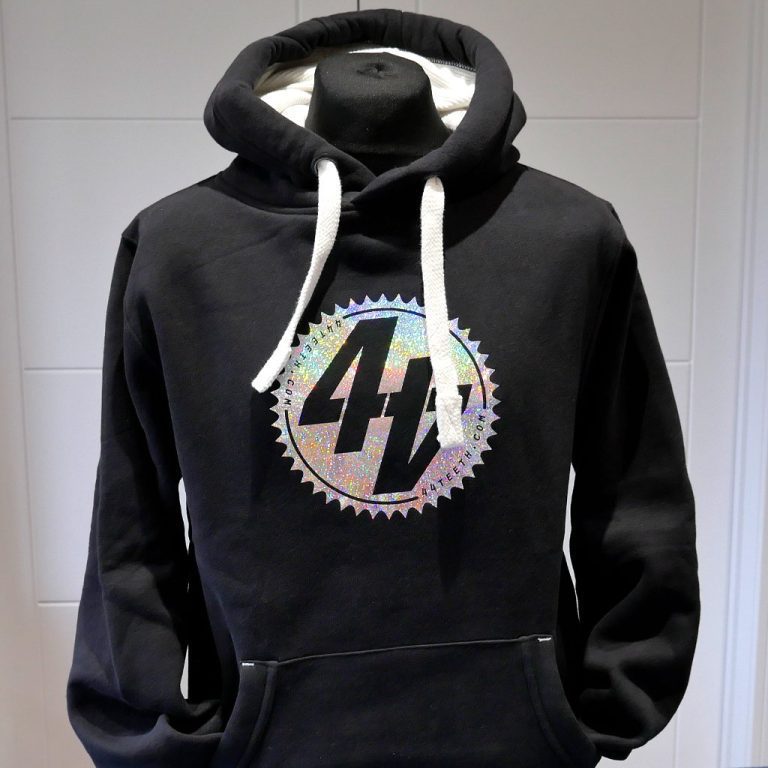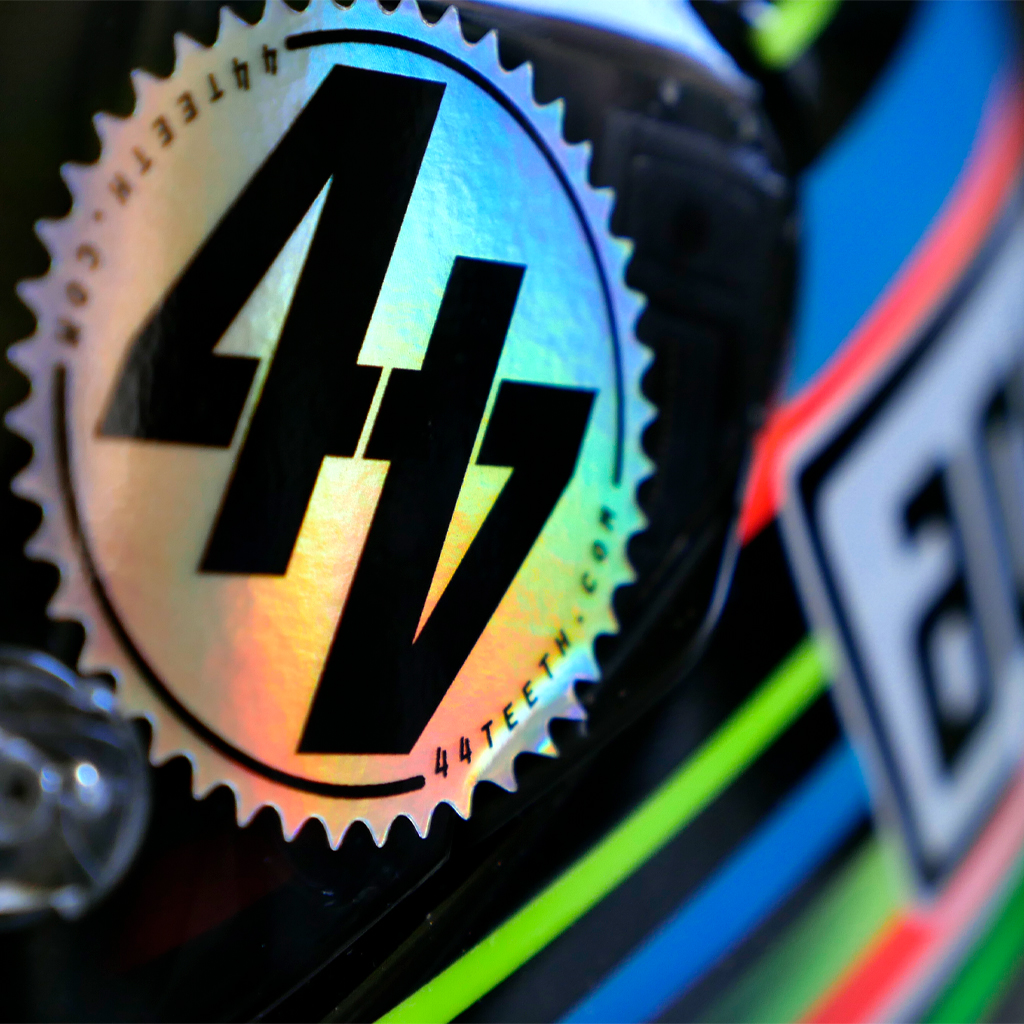
It’s no secret there’s an 899 replacement coming in 2016, which makes the current baby Panigale cheaper on the used market than a semi-detached in Sheffield – around £9k will net you a decent example. In terms of showroom sales, the 899 was the most popular sportsbike in 2014, wooing customers with a sublime all-round middleweight package and a motor that doesn’t screw the chassis in the botty.
Having spent two seasons racing a Ducati 899 Panigale in the TriOptions Cup, and attempting to beat some tasty riders in the process, we’ve got a good idea of how to make one tick. And one of our busiest FAQs concerns suitable track-based modifications for the Minigale. Exhausts? Brake lines? Blah, blah, blah. Read one…
Being a one-make series, it’s all about marginal gains and exploiting the rules – without cheating. Given the lack of midrange as standard, the 899’s ECU is full of delicious upgrade potential, waiting to be unlocked and returns massive performance gains if you can find someone who knows their Desmos from their Desmonds, although this wasn’t viable in the race series and nobody ever cheated. Ever.
In terms of suspension, most aftermarket options will better the stock Showa equipment, which lacks plushness and control throughout the stroke (compared to aftermarket). Along with most of the grid, we ran Öhlins TTX25 gas pressurised fork internals – which supplied one of the sexiest front-ends I’ve ever sampled – and a TTX shock, which, again dramatically improves side grip. The sexiness comes at a cost though: over £2k for the fork internals and the TTX weighs in at £1250.
Without breaking the bank, the need to remortgage or become a drug dealer, here are five 899-specific mods that have been tried and tested, utterly used and abused in the field, and come highly recommended. In no particular order…


Bike Sport Developments BlipBox: the full BlipBox review is here, but the basic gist is its sublime ability to make the 899’s (bloody heavy) clutch 100% redundant during shifting, adding an auto-blipper functionality. The Blip-Box reads signals from the twistgrip and ECU (thanks to the Ducati’s ride-by-wire gadgetry), and creates a suitable ‘blip’ when pressure is applied to the lever by opening the throttle bodies – just like the 1299’s system, only better, as upshifting is also enhanced by a pukka load cell. Corner entry is more stable and less butt-clenchy. Cuts physical exertion. And lap times.


MWR Filter + air tubes: with no engine tuning permitted, it’s all about sucking in fresh air and feeding the bang. These gargantuan intakes come with a front subframe (meaning track-only) for proficient mounting and, obviously, draw in far more o2 than the restrictive stock intakes. Working in conjunction with the filter, we found a palpable midrange increase but had to increase fuel intake. The whole bundle is around £400.


Sigma slipper clutch: put simply, if you enjoy/want to/need to go fast aboard your 899, you’ll need a slipper clutch. No matter how good you think Ducati’s Engine Braking Control is, it’s not adept enough to cope with committed corner entry and eager downshifting – regardless of rider ability.
Sigma’s Neil Spalding off of MotoGP was present at various tests during the 899’s inception to racing, developing a bespoke clutch for the Panigale. If you like engine braking, you won’t enjoy a slipper clutch but that initial instant after downshifting is dramatically more fluid.


Carrillo Con-rods: After several Ducati TriOptions Cup bikes suffered electrical issues last year, the rules were tweaked to allow aftermarket con-rods. When I say electrical issues, I mean standard con-rods exiting the crankcases and badgering the wiring loom.
The stock items don’t respond well to abuse, particularly over-revving when downshifting and prolonged periods on the limiter. Ducati didn’t really consider racing or hooliganism when honing the 899, so they’re budget elements, which is evident on closer inspection.
Yes, they’re expensive. Yes, it’s a job to install them. But yes, it’s worth it when bashing the throttle bodies and saving on an engine rebuild. Being lighter than the OE rods, the Carrillos also offer a tangibly freer, lighter spinning engine and better throttle response.


We, like most of the grid, have been running Lightech rearsets. The Italian kit isn’t cheap and these puppies aren’t exactly stress-free to fit, but Lightech stuff is proper Gucci and I’ve yet to find any Panigale rearsets that simply bolt on in a jiffy.
Not only is there a mass of adjustment for pegs and levers, all the components are available separately so you don’t have to fork out for a complete assembly when lobbing it down the road. Oh, and grip. There’s plenty of grip, too…












